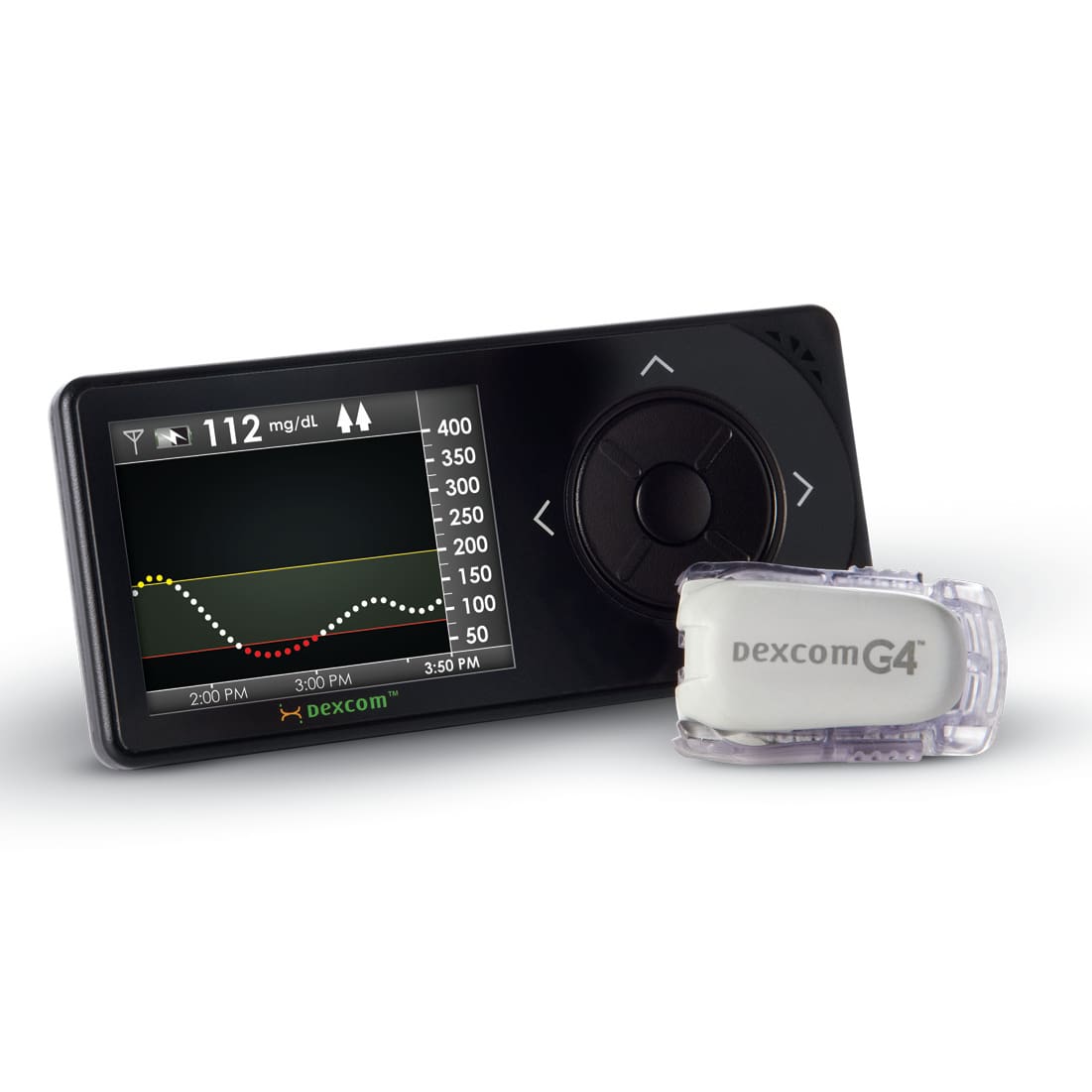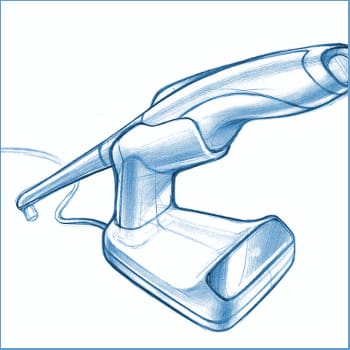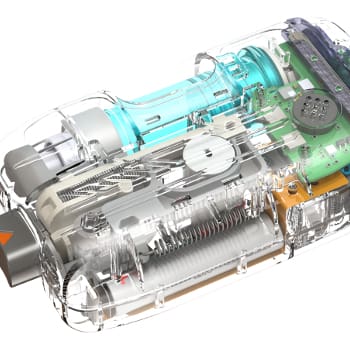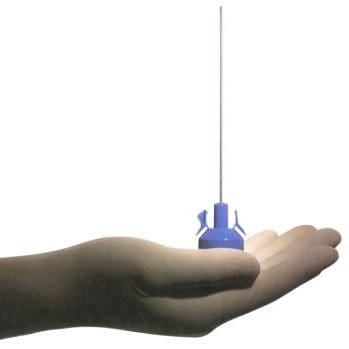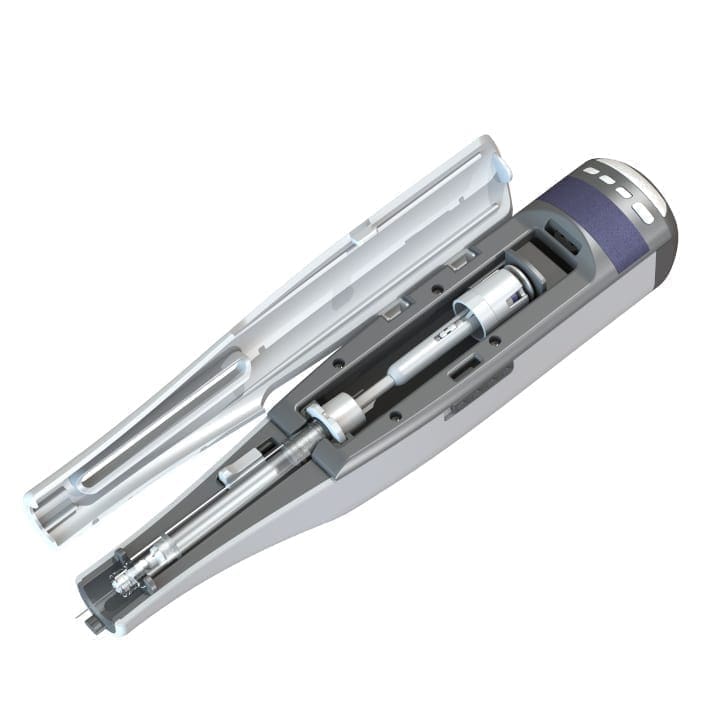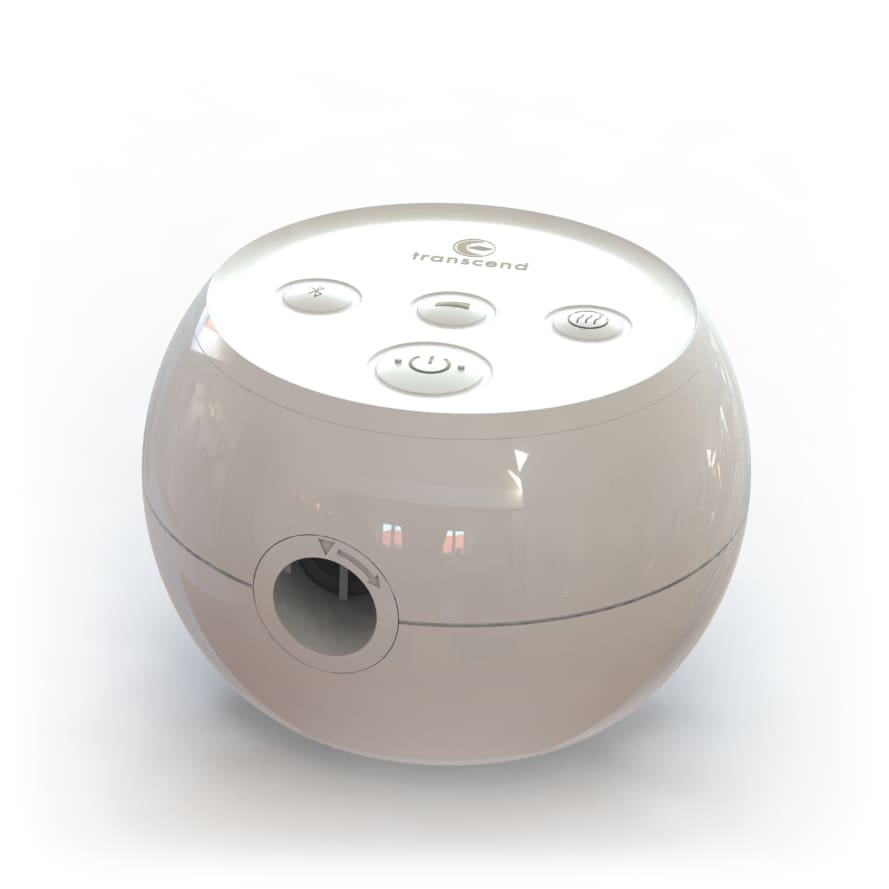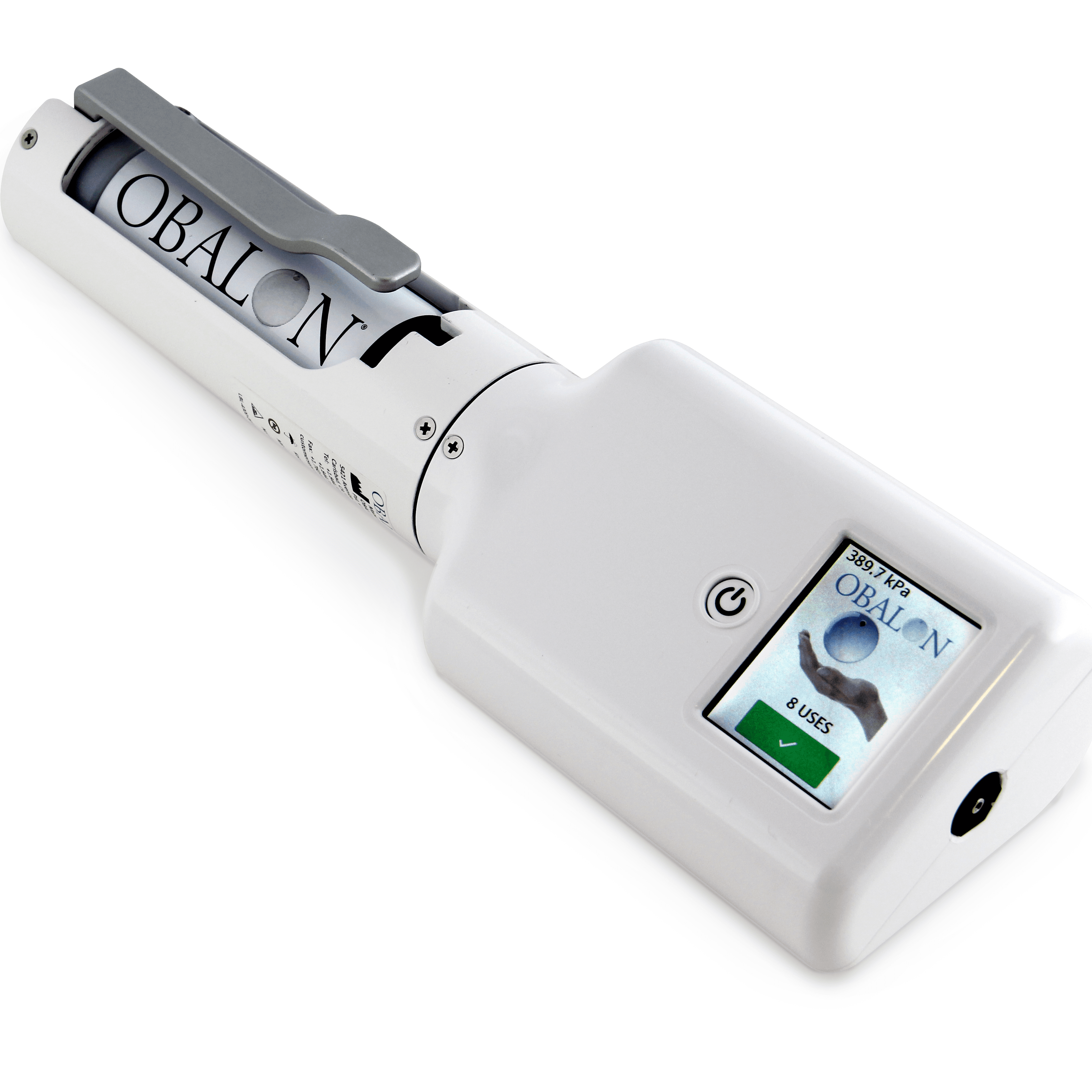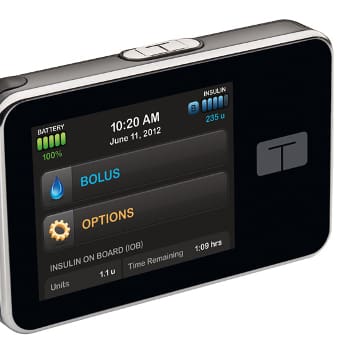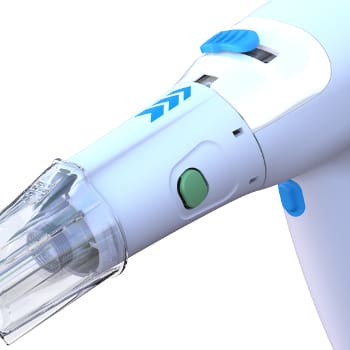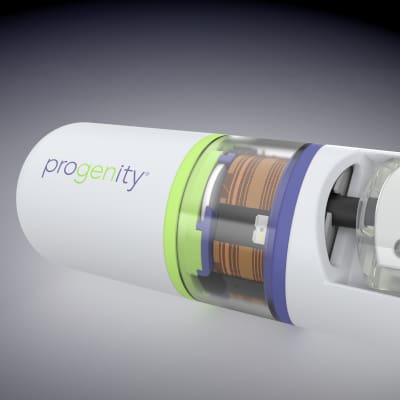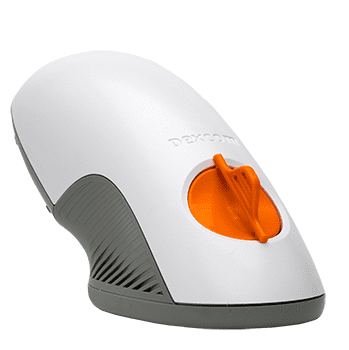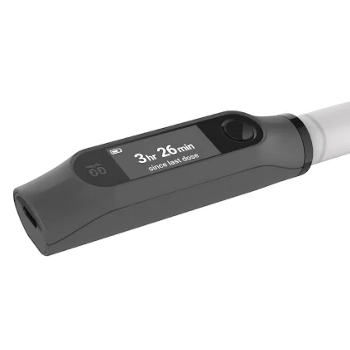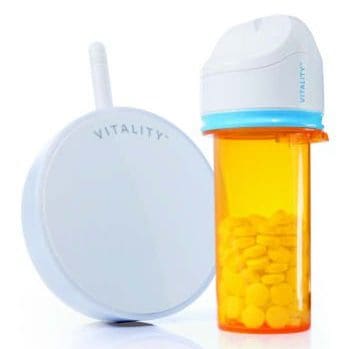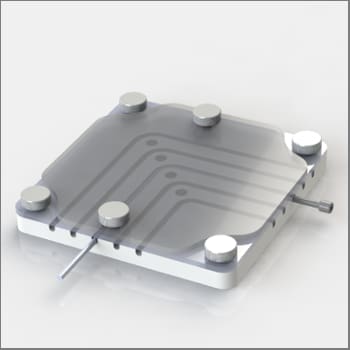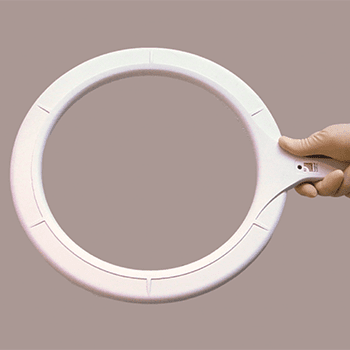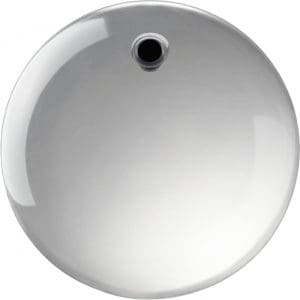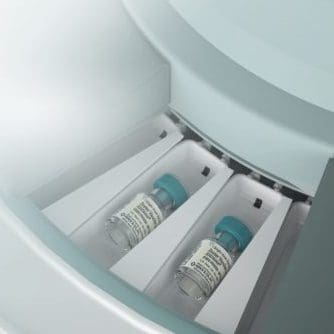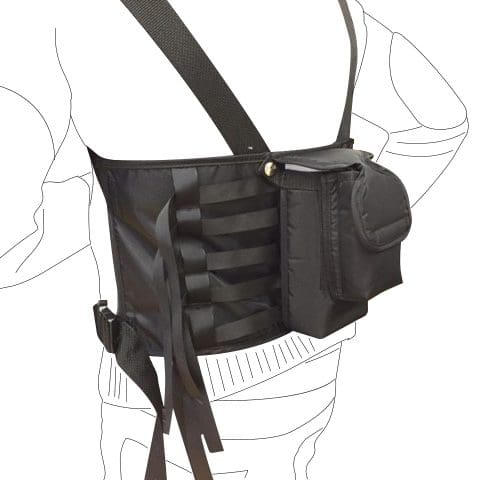ANALYSIS AND SIMULATION REDUCE DESIGN AND TEST CYCLES
A top pharmaceutical company looked to NOVO to identify the root cause of a low component failure rate in a drug-delivery device. NOVO combined statistical modeling, FEA stress/impact analysis, and physical stress testing to generate recommendations for design changes to the component that was failing, as well as components with which the component interfaced.
TECHNICAL CHALLENGES: LOW FAILURE RATE FAILURES IN A MEDICAL DEVICE
Given the complex geometric interaction of the components as the point of failure, simple tolerance analyses were not sufficient to understand how to increase design margin. Design options were constrained by the requirement that the solution would not trigger a new regulatory approval. Because the extremely large number of samples required for statistically significant results made demonstrating improvement by actual testing impractical, alternate methods to narrow the solution space had to be found.
THE ENGINEERING BEHIND GREAT PRODUCTS
The NOVO team worked closely with the client to gather the background information required to perform the analyses. The team built a geometric model of the key component interface and ran Monte Carlo analyses to assess design margin. As the model of the geometric interaction was critical to accuracy of the analysis, the team created custom software to automate the model generation in 3D CAD in order to verify the accuracy of the model. Employing this tool, the team was able to verify the geometric model to submicron variation over thousands of iterations.
Based on the results of the Monte Carlo study, the team began evaluating two possible solution paths: sorting of one of the components based on real-time inspection data, and implementation of a small mechanical modification. The team used MATLAB to automate multi-dimensional search of the key component dimensions. These dimensions were then graphed in three-dimensional space against their probability of failure. This analysis allowed NOVO engineers to establish sorting criteria for components, which resulted in substantially lower probability of failure without a sizable loss of yield.
In designing a mechanical modification to the product, NOVO engineers had to balance combating the original failure mode against reducing margin in other areas that could result in additional failure modes. Using extensive simulations over many millions of trials, the team was able to strike a balance between these competing objectives and lowering the product’s overall risk of failure. The extensive analysis done at NOVO enabled the client to develop confidence in the product improvements without the need to engage in a series of time-consuming physical tests for each proposed solution.



